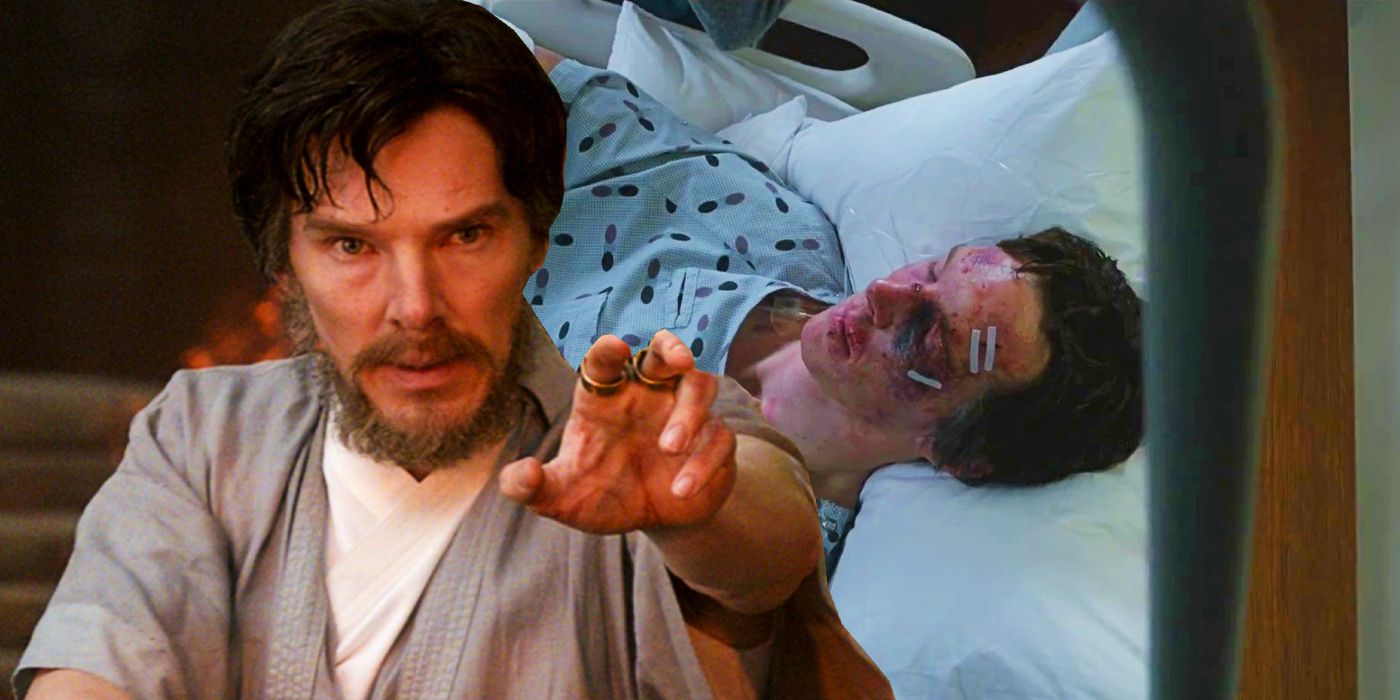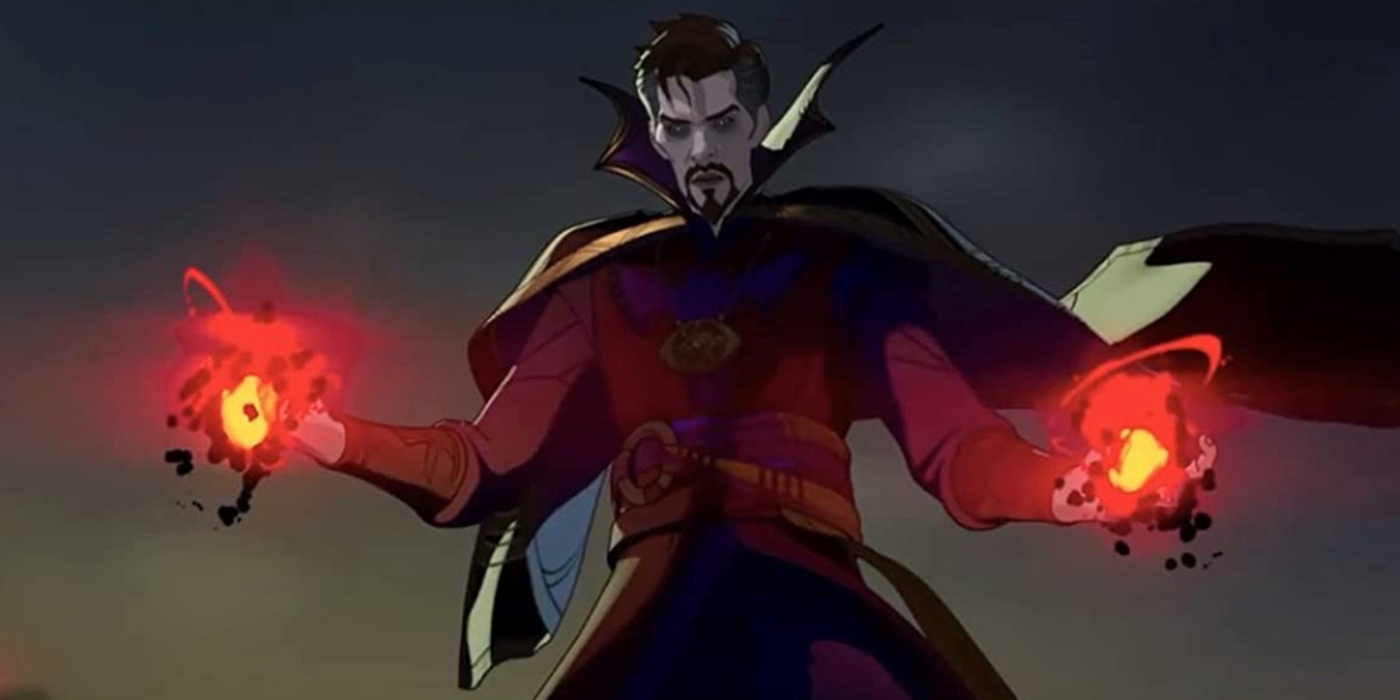
Warning: Contains SPOILERS for Marvel's What If...? episode 4.
A new version of Doctor Strange is created in Marvel’s What If…? episode 4, but this Phase 4 iteration’s origin is better in one regard. In “What If... Doctor Strange Lost His Heart Instead of His Hands?,” the Sorcerer Supreme has a fundamentally different motivation for becoming a Master of the Mystic Arts. Strange’s pivotal car crash results in the death of his co-worker and lover, Christine Palmer, breaking Strange’s heart and leading him to delve into the realm of magic, becoming the mystical hero like his mainstream timeline’s counterpart. Doctor Strange’s new origin draws from a different set of emotions than the classic iteration, making for a tragic and doomed version of the character.
2016’s Doctor Strange follows the classic Marvel Comics origin story. Stephen Strange, a renowned, gifted, and arrogant neurosurgeon, is permanently injured in a car crash, losing the ability to use his hands and thus ending his prosperous career. This version of Strange sought the wisdom of The Ancient One to heal his hands and return to his life as a surgeon. In What If, Strange is motivated by a need for hope and the possibility to bring back his deceased lover, but he still becomes the Sorcerer Supreme and saves his reality from Dormammu like his mainstream counterpart.
The mainstream iteration of Doctor Strange had an understandable motivation. Though he was arrogant, his career was his passion, and his hand injuries effectively ended his life as he knew it and severely damaged his pride in the process. Fundamentally, the alternate version of Strange is motivated by love and grief for a lost loved one. This new motivation is far more primal and melancholic than the classic iteration, which ultimately sends him down a different path than the original version. In What If, Doctor Strange cannot accept the loss of Christine, so two years after her demise, he decides to use the Eye of Agamotto to attempt to bring her back from the dead.

Strange’s grief and obsession with undoing the past leads him to become a misguided and villainous version of himself. Similar to his method of defeating Dormammu, Strange unintentionally caught himself in a time loop, reliving the death of Christine again and again, torturing himself even more in the process. This universe required Palmer to die so that Strange would become a sorcerer, so her death was a fixed point in time. His inability to accept this not only resulted in experiencing Christine’s death yet again, but it left him as the only living being in his reality as well.
The main MCU version of Doctor Strange, notably, could repair his hands, but he consciously chose not to. Strange’s hands are still visibly damaged and occasionally can be seen twitching in Avengers: Infinity War and Avengers: Endgame. The MCU's Doctor Strange could have easily repaired his hands and resumed his career as a neurosurgeon, but he chose to protect the world with his magic instead. Similarly, in an attempt to defeat the villainous version of Doctor Strange, The Ancient One splits the timeline, creating another version of Stephen, who decided to move on from his grief. This version of Strange is ultimately unable to defeat his villainous counterpart, however.
While the What If version of Doctor Strange has a more primal and emotional origin story, he does ultimately become a villain who destroys his reality and is left tormented and alone. His mainstream counterpart goes on to become an ally to The Avengers and has an instrumental role in defeating Thanos. Marvel’s What If…? may have given Phase 4 a better version of Doctor Strange’s origin, but the main MCU timeline still ultimately has the better version of Stephen Strange.
Marvel's What If...? releases new episodes Wednesdays on Disney+.
No comments:
Post a Comment